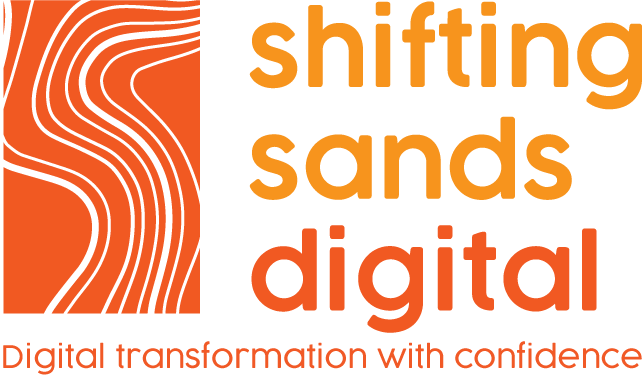Key Points:
This is a summary of some key insights developed by McKinsey & Co. The report was published by Periscope by McKinsey, a platform that offers marketing and sales solutions for businesses.
The report explores how the COVID-19 pandemic has changed consumer behaviour and preferences in the retail sector, based on surveys conducted in the US, UK, France, and Germany. It identifies several core themes among consumers, such as a flight to online and omnichannel, a shock to loyalty, and convenience redefined with technology.
It also provides recommendations for retailers on how to deliver superior customer experience, both online and in-store, and how to leverage innovative technologies and loyalty programs to drive growth and recovery.
Some examples of innovative technologies in retail are:
- Smart mirrors: These are interactive mirrors that allow customers to virtually try on clothes, accessories, or makeup, and get personalized recommendations based on their preferences and body type. For example, Neiman Marcus uses smart mirrors in its stores to enhance the customer experience and increase sales.
- Checkout-free stores: These are stores that use sensors, cameras, and AI to track what customers pick up and automatically charge them when they leave, eliminating the need for cashiers or queues. For example, Amazon Go is a chain of convenience stores that offers a checkout-free shopping experience.
- Chatbots: These are AI-powered conversational agents that can interact with customers via text or voice, and provide information, assistance, or recommendations. For example, H&M uses a chatbot on its website and app to help customers find products, get styling tips, and create outfits.
- Facial recognition-based shopping: This is a technology that uses facial recognition to identify customers and offer them personalized services, such as product suggestions, discounts, or loyalty rewards. For example, Alibaba has launched a facial recognition-based payment system called Smile to Pay in some of its stores in China.
- Immersive customer experience: This is a technology that uses virtual reality (VR) or augmented reality (AR) to create immersive and engaging shopping experiences for customers, such as virtual tours, product demonstrations, or gamification. For example, IKEA has an app that uses AR to let customers visualize how furniture would look in their homes.

